YOUR WAREHOUSE
IS NOT
YOUR FRIDGE
Transform your warehouse into a competitive advantage
Jeff Lem, P.MM
FROM THE SAME WRITER FEATURED IN




YOUR WAREHOUSE IS NOT YOUR FRIDGE
IS LOVED BY INDUSTRY LEADING WAREHOUSE SPECIALISTS
“This book is a true eye-opener and full of insights. It dives into
several case studies of how you could grow and optimize your cash
cycle by improving turns… this book is a must-read.”

Sam Gupta
Host, WBSRocks
“This book is a reality check. He points out all your inefficiencies and
makes you strive for improvements. Today, our warehouse is not only
a source of pride for our company but more importantly a competitive advantage.”

Herbert Ngo
Executive Vice President, Accolade Group
“No matter where your business is on its growth cycle, this book
should be your bible for Warehouse Management.”

Kim Worrall
President and lead VISUAL Specialist, Back To Basics
“If you’re in warehousing or want to learn more about warehousing
it’s well worth your time.”

Damon Pistulka
Co-Founder & Managing Director, Exit Your Way
Meet The Author
Jeff Lem, BBA, MBA, P.MM,
has helped thousands of warehouses become more efficient over a 30-year career.
Jeff’s background includes a professional materials management designation from the Materials Handling & Management Society (MHMS) of Ontario, where he serves as Director of Education. And he also volunteers on the Canadian Visual Manufacturing User Group steering committee.
Jeff resides in Markham, Ontario, and has three grown children with his wife Mary. When he’s not helping companies with their inventory practices, Jeff can be found on his road bike training for his next cycling adventure.
Connect with Jeff on Linkedin
From warehouse hell
to competitive advantage
Manufacturers take their warehouses for granted, treating them like a household refrigerator. No one questions the importance of a fridge and how it contributes to the well-being and health of the household, yet no one thinks twice about its care and maintenance, let alone managing the contents. This laissez-faire attitude results in a great deal of waste: 25% of the contents of the average American fridge are thrown away. Warehouses are on a similar trajectory, wasting 23% annually.



Jeff runs an industry changing technology firm,
Portable Intelligence Inc.
Portable Intelligence is delivering the next generation of warehouse management systems using technology based on indoor maps of your facility.
By correlating location metrics with standard production data, they can identify areas for improvement and increase efficiency gains.
Portable Intelligence provides integrated solutions that improve warehouse agility and inventory accuracy.
About this Book
1.
Is Your Warehouse a Fridge?
In this chapter, we explore the similarities between the waste in a refrigerator and a warehouse. This chapter ends with the seven stages in the journey from made to order to too much inventory.
3.
Inbound Processes
This is arguably the most critical area from a materials management perspective. This chapter covers the art and science of inbounding goods and includes required setups in your ERP as well as inbounding best practices.
5.
Inventory
This chapter is your inventory “user manual” and includes inventory care and maintenance. We’ll cover warehouse design, racking, cycle counts, and the all-important inventory turns statistic, including why it’s more than just an accounting number.
7.
The Ten Steps to Competitive Advantage
In this chapter, we put it all together in the form of an action plan for becoming a best practices warehouse and transforming your warehouse into a competitive advantage.
9.
Conclusion
I conclude the book with a call to action and the top five pitfalls leading to project failure. The right way is not always the easiest way. To paraphrase Robert Frost, this is the road less traveled by, and that will make all the difference.
2.
Creating a Materials Management Program
This chapter covers the pieces that make up your materials management program, beginning with the four principles of materials management. These principles represent the core beliefs upon which we’ve designed and deployed our materials management solutions. From there, we’ll review the foundational elements of your program: people, processes, and technology.
4.
Production
I’m sure this chapter will be of significant interest to most manufacturers. This chapter takes you on a tour of a production facility, covering three main areas: engineering masters and bills of materials, issuing, and finished goods.
6.
Outbound Processes
This chapter includes a full discussion on picking, packing, and shipping, along with a revealing look at how outbound can get so messy. The chapter ends with managing and containing all of the custom demands of outbound, including how you can access an untapped resource in your warehouse.
8.
The Smart Warehouse
We’ll take a brief look at the future of materials management. The big surprise won’t be technological, per se, but rather how we’re going to work and interact with each other


















